Home>Furniture & Design>Outdoor Furniture>How To Build An Outdoor Staircase
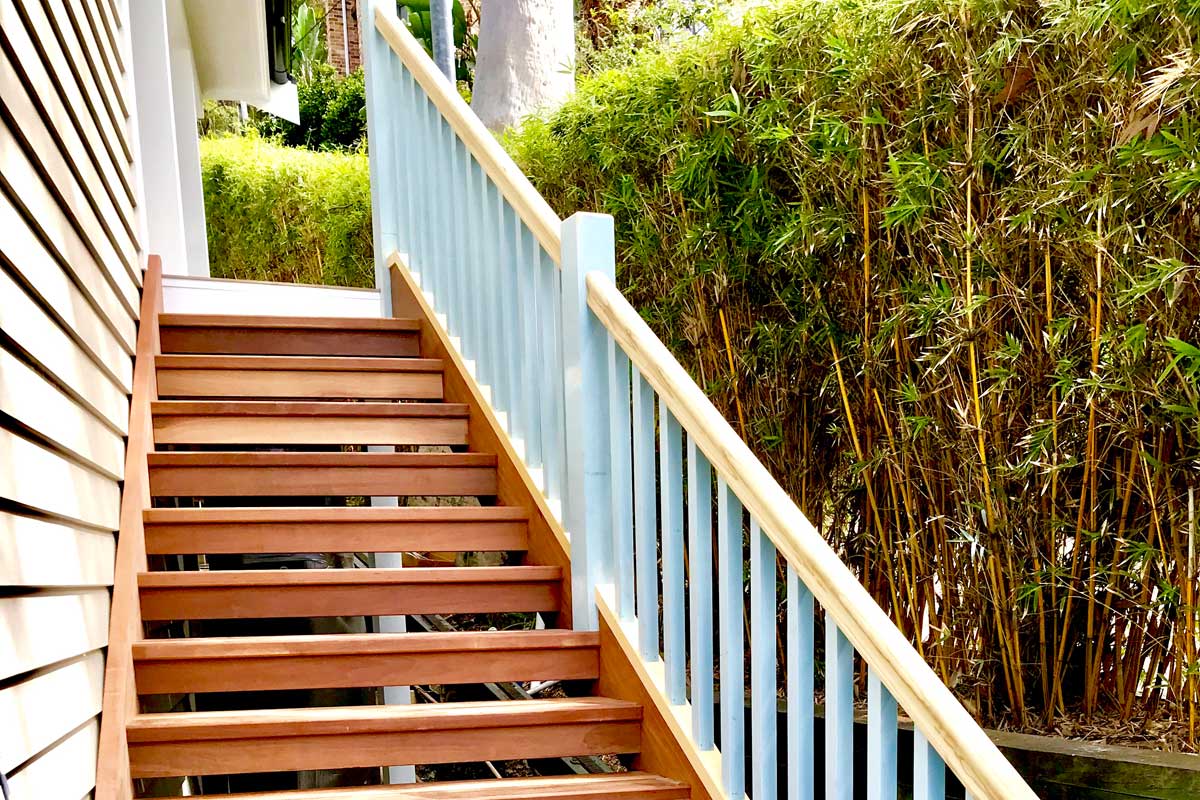

Outdoor Furniture
How To Build An Outdoor Staircase
Modified: May 6, 2024
Discover how to build a sturdy and stylish outdoor staircase with our expert tips and design ideas for outdoor furniture and decor. Create a functional and beautiful addition to your outdoor space.
(Many of the links in this article redirect to a specific reviewed product. Your purchase of these products through affiliate links helps to generate commission for Storables.com, at no extra cost. Learn more)
Introduction
When it comes to enhancing the functionality and aesthetic appeal of your outdoor space, few additions can rival the versatility and charm of an outdoor staircase. Whether you're looking to connect different levels of a sprawling garden, create access to an elevated patio, or simply add a striking architectural feature to your landscape, a well-designed outdoor staircase can be a game-changer. Not only does it serve a practical purpose, but it also has the potential to elevate the overall ambiance of your outdoor area, making it more inviting and visually captivating.
In this comprehensive guide, we will delve into the art of building an outdoor staircase, covering everything from meticulous planning and material selection to the nitty-gritty of construction and the finishing touches that bring it all together. By the end of this journey, you'll be equipped with the knowledge and confidence to embark on this exciting project, transforming your outdoor space into a seamless and captivating extension of your home.
So, roll up your sleeves, grab your tools, and let's embark on this enriching endeavor of crafting a functional and visually appealing outdoor staircase that will stand the test of time.
Key Takeaways:
- Planning and preparation are essential for building a safe and beautiful outdoor staircase. Consider the site, regulations, design, materials, budget, and timeline to ensure a successful project.
- Choosing the right materials, using the correct tools, building a strong foundation, and paying attention to finishing touches are crucial for constructing a durable and visually appealing outdoor staircase.
Read more: How To Build Stairs With A Landing
Planning and Preparation
Before diving into the construction of an outdoor staircase, it’s crucial to lay a solid foundation through meticulous planning and thorough preparation. This initial phase sets the stage for a successful and seamless construction process, ensuring that every step is carefully calculated and executed.
Assess the Site: Begin by assessing the site where the outdoor staircase will be installed. Take note of the topography, existing landscaping features, and any potential obstacles that may influence the design and placement of the staircase. Consider the natural flow of foot traffic and how the staircase can best integrate with the surrounding environment.
Regulatory Considerations: Check local building codes and regulations to ensure compliance with safety standards and legal requirements. Obtain any necessary permits before commencing the construction to avoid potential setbacks or complications down the line.
Design Considerations: Determine the style and dimensions of the staircase based on the specific needs of the space and your aesthetic preferences. Consider factors such as the rise and run of each step, the overall height of the staircase, and the integration of landings or platforms if the staircase spans multiple levels.
Material Selection: Choose materials that are suitable for outdoor use and can withstand the elements. Options may include durable hardwoods, weather-resistant treated lumber, or composite materials that offer both longevity and visual appeal.
Budget and Timeline: Establish a realistic budget for the project, factoring in material costs, labor, and any additional expenses. Create a timeline that outlines the various stages of construction, allowing for flexibility and accounting for potential weather-related delays.
By investing time and effort into the planning and preparation phase, you’ll set the groundwork for a successful outdoor staircase project, ensuring that the end result aligns with your vision and stands the test of time.
Choosing the Right Materials
When it comes to building an outdoor staircase, selecting the right materials is paramount to ensuring longevity, durability, and visual appeal. The materials chosen should not only withstand the elements but also complement the overall design and aesthetic of the outdoor space. Here are some considerations when choosing materials for your outdoor staircase:
- Wood: Hardwood such as cedar, redwood, or teak is a popular choice for outdoor staircases due to its natural beauty and resilience. These woods are naturally resistant to decay and insect damage, making them well-suited for outdoor applications. Treated lumber, such as pressure-treated pine, is also a cost-effective option that offers durability and can be stained or painted to match the surrounding environment.
- Composite Materials: Composite decking materials offer the appeal of wood with the added benefit of low maintenance. Composed of a blend of wood fibers and recycled plastic, composite materials are resistant to rot, warping, and splintering, making them an attractive option for outdoor staircases.
- Metal: For a modern and industrial aesthetic, metal staircases can provide a sleek and contemporary look. Steel, aluminum, and wrought iron are popular choices for outdoor staircases, offering strength and stability while allowing for creative design possibilities.
- Natural Stone: Incorporating natural stone, such as granite, limestone, or slate, into the staircase design can add a touch of elegance and timeless appeal. While stone requires proper sealing and maintenance, it can create a stunning focal point in an outdoor setting.
- Concrete: Durable and versatile, concrete is a practical choice for outdoor staircases. It can be formed and finished in various styles, from sleek and modern to textured and rustic, offering flexibility in design and long-term resilience.
Consider the climate and environmental factors in your region when selecting materials. For instance, in areas with high humidity or frequent precipitation, choosing materials that resist moisture and mold growth is essential. Additionally, factor in maintenance requirements and the overall aesthetic harmony with the surrounding landscape when making your material selections.
By carefully evaluating the characteristics and suitability of different materials, you can make an informed decision that aligns with your vision for the outdoor staircase while ensuring its durability and long-term performance.
Tools Required
Equipping yourself with the right tools is essential for executing a precise and efficient outdoor staircase construction project. From initial site preparation to the final touches, a range of tools will be required to ensure that each stage of the process is carried out with accuracy and craftsmanship. Here’s a comprehensive list of tools that are commonly used in building an outdoor staircase:
- Measuring and Marking Tools: Tape measure, carpenter’s square, chalk line, and marking pencils are indispensable for accurately laying out the dimensions and angles of the staircase.
- Cutting Tools: Circular saw, jigsaw, or miter saw for cutting lumber, composite materials, or metal components to the required lengths and angles.
- Fastening Tools: Cordless drill/driver, impact driver, and a range of screws, nails, and fasteners for securely attaching the staircase components.
- Leveling and Alignment Tools: A long spirit level, torpedo level, and string line to ensure that the staircase components are plumb, level, and aligned correctly during installation.
- Digging and Excavation Tools: Shovel, spade, post hole digger, and digging bar for excavating the ground and creating a stable foundation for the staircase.
- Concrete Mixing and Pouring Tools: Wheelbarrow, concrete mixer, trowel, and float for preparing and pouring concrete footings or landing pads.
- Safety Gear: Personal protective equipment including safety glasses, work gloves, hearing protection, and appropriate footwear to ensure safety during construction.
- Finishing Tools: Depending on the chosen materials, finishing tools such as sanders, paintbrushes, and sealant applicators may be required to complete the staircase with the desired aesthetic and protective finishes.
Prior to starting the construction process, ensure that all tools are in good working condition, and that you have the necessary safety equipment to protect yourself during the project. Additionally, familiarize yourself with the proper usage and safety guidelines for each tool to promote a safe and efficient work environment.
By having the right tools at your disposal, you’ll be well-prepared to tackle each phase of the outdoor staircase construction with confidence and precision, ultimately bringing your vision to life with finesse and quality craftsmanship.
When building an outdoor staircase, make sure to use pressure-treated lumber to prevent rot and decay from exposure to the elements.
Building the Foundation
The foundation of an outdoor staircase is crucial for providing stability, support, and longevity. Whether the staircase is set on soil, gravel, or concrete, the foundation serves as the anchor that ensures the structural integrity and safety of the entire staircase. Here’s a step-by-step guide to building a solid foundation for your outdoor staircase:
Excavation: Begin by excavating the area where the staircase will be installed. Use a shovel, spade, or post hole digger to create evenly spaced holes or trenches for the footings. The depth of the excavation will depend on the local building codes and the type of soil in the area.
Footings and Supports: Pour concrete footings into the excavated holes to create a stable base for the staircase supports. Install support posts or anchors into the wet concrete, ensuring that they are plumb and aligned according to the design layout. Allow the concrete to cure according to the manufacturer’s recommendations.
Landing Pads: If the staircase includes landings or platforms, construct and level the landing pads using concrete or compacted gravel. These areas provide resting points between sections of the staircase and should be designed to support the weight of the stairs and the traffic they will accommodate.
Stringers and Supports: Install the stringers, which are the diagonal structural components that support the steps, onto the footings and landing pads. Ensure that the stringers are securely anchored and aligned according to the predetermined rise and run of the staircase. Use metal brackets or hardware to attach the stringers to the footings and supports.
Stair Treads and Risers: With the stringers in place, attach the stair treads and risers to create the steps of the staircase. Depending on the chosen materials, secure the treads and risers using screws, nails, or adhesives, ensuring that they are evenly spaced and aligned for a uniform and safe ascent and descent.
Throughout the foundation-building process, it’s essential to regularly check the alignment, levelness, and stability of the staircase components to ensure that the structure is sound and safe for use. By meticulously attending to the foundation, you’ll establish a solid base for the staircase, setting the stage for the subsequent stages of construction with confidence and precision.
Read more: How To Build An Outdoor Toilet
Constructing the Staircase
With the foundation in place, the construction of the staircase itself can begin, bringing the design to life and transforming the outdoor space into a functional and visually appealing area. The process of constructing the staircase involves assembling the individual components, ensuring structural integrity, and paying attention to the finer details that contribute to both safety and aesthetics. Here’s a step-by-step overview of constructing the staircase:
Installing Handrails and Balustrades: If your design includes handrails and balustrades, begin by installing these components. Secure the handrails to the support posts or stringers using appropriate hardware, ensuring that they are at a comfortable and compliant height. Attach the balustrades, ensuring that they provide adequate support and comply with safety regulations.
Attaching Stair Treads and Risers: Secure the stair treads and risers to the stringers, ensuring a snug fit and even spacing between each step. Depending on the chosen materials, use screws, nails, or adhesives to affix the treads and risers, ensuring that they are securely fastened and level for safe and comfortable use.
Securing Connections: Check and reinforce all connections, including where the stringers meet the footings, the treads meet the stringers, and the handrails meet the support posts. Use appropriate hardware and fasteners to ensure that all components are securely connected and that the staircase is structurally sound.
Applying Finishes: If using wood or composite materials, apply finishes such as sealants, stains, or paint to protect the staircase from the elements and enhance its visual appeal. Ensure that the finishes are applied according to the manufacturer’s recommendations and that they provide adequate protection against moisture, UV exposure, and wear and tear.
Testing and Inspection: Once the construction is complete, thoroughly inspect the staircase for any signs of structural issues, loose components, or potential safety hazards. Test the stability and integrity of the staircase by applying weight and simulating regular use, ensuring that it meets safety standards and provides a secure and comfortable means of access.
Throughout the construction process, attention to detail, precision in assembly, and adherence to safety standards are paramount. By methodically constructing the staircase with care and craftsmanship, you’ll create a functional and visually striking element that seamlessly integrates with the outdoor environment, enhancing both the practicality and allure of the space.
Finishing Touches
As the construction of the outdoor staircase nears completion, attention to the finishing touches will elevate the overall appearance, functionality, and longevity of the structure. These final details encompass aesthetic enhancements, safety measures, and maintenance considerations, ensuring that the staircase not only looks impressive but also stands the test of time. Here are the essential finishing touches to consider:
Non-Slip Surfaces: Enhance safety by incorporating non-slip surfaces on the stair treads, especially if the staircase is exposed to the elements. Non-slip treads or adhesive strips can be applied to provide traction and reduce the risk of slipping, particularly in wet or high-traffic areas.
Lighting: Consider incorporating lighting elements to enhance visibility and ambiance, especially if the staircase is used during evening hours. Options include solar-powered step lights, low-voltage LED strips, or strategically placed landscape lighting to illuminate the steps and surrounding areas for added safety and visual appeal.
Landscape Integration: Integrate the staircase with the surrounding landscape by adding planters, potted plants, or decorative elements that complement the design. Softening the edges of the staircase with greenery or decorative features can enhance its visual impact and create a seamless connection with the outdoor environment.
Maintenance Plan: Develop a maintenance plan to preserve the beauty and functionality of the staircase. This may include regular cleaning, inspections for wear and tear, and refinishing or resealing the materials as needed to protect them from weathering and deterioration over time.
Signage and Safety Notices: Install clear signage or safety notices if the staircase has specific usage guidelines or safety considerations. This is especially important if the staircase spans multiple levels or if there are specific rules for use, such as weight limits or recommended footwear.
Final Inspection: Conduct a final inspection to ensure that all components are securely fastened, finishes are applied uniformly, and safety measures are in place. Address any remaining details or touch-ups to ensure that the staircase meets both aesthetic and safety standards.
By attending to these finishing touches, you’ll not only enhance the visual appeal and safety of the outdoor staircase but also ensure that it remains a functional and inviting feature of your outdoor space for years to come. With a keen eye for detail and a commitment to quality, the finishing touches will bring the entire project to fruition, leaving you with a stunning and enduring outdoor staircase.
Conclusion
Embarking on the journey of building an outdoor staircase is a rewarding endeavor that combines practicality, craftsmanship, and creativity. From the initial planning and material selection to the meticulous construction and finishing touches, every phase of the project contributes to the transformation of your outdoor space into a functional and visually captivating area. As you conclude this enriching undertaking, it’s important to reflect on the significance of the outdoor staircase and the impact it has on your surroundings.
Enhanced Accessibility: The outdoor staircase provides seamless access to different levels of your outdoor space, connecting distinct areas and allowing for effortless navigation. Whether leading to a garden, patio, or elevated deck, the staircase facilitates movement and encourages exploration of the outdoor environment.
Aesthetic Appeal: Beyond its practical function, the staircase serves as a striking architectural element that enhances the visual appeal of the landscape. Its design, materials, and integration with the surrounding environment contribute to the overall ambiance, creating a focal point that complements the natural beauty of the outdoors.
Craftsmanship and Personalization: Building an outdoor staircase allows for the expression of craftsmanship and personalization, as each detail and component is carefully considered and executed. The staircase becomes a reflection of your vision, attention to detail, and commitment to creating a space that is both functional and aesthetically pleasing.
Community and Enjoyment: The outdoor staircase becomes a gathering point, a conversation piece, and a source of enjoyment for family and guests. It encourages outdoor activities, social gatherings, and moments of appreciation for the outdoor environment, fostering a sense of community and connection with the natural surroundings.
As you stand back and admire the completed outdoor staircase, take pride in the transformation you have brought to your outdoor space. The staircase stands as a testament to your vision, creativity, and dedication to enhancing the functionality and beauty of your surroundings. It beckons you to explore, appreciate, and immerse yourself in the outdoor oasis you have cultivated.
So, whether you’re ascending the steps to enjoy a panoramic view, descending to tend to your garden, or simply admiring the seamless integration of the staircase with the landscape, take a moment to appreciate the impact it has made. The outdoor staircase is not merely a structure; it’s a gateway to new experiences, a symbol of craftsmanship, and a testament to the harmonious coexistence of architecture and nature.
With the completion of this project, you have not only built an outdoor staircase but have also woven a story of creativity, transformation, and the seamless fusion of the indoors and outdoors. As you continue to enjoy the fruits of your labor, may the staircase stand as a reminder of the enriching journey that led to its creation and the countless moments of joy and connection it brings to your outdoor sanctuary.
Now that you've mastered building an outdoor staircase, why not tackle more hands-on projects? Engaging in DIY projects offers a rewarding sense of accomplishment and can often save money. Whether you're looking to enhance your skills or just have some fun, creating something with your own two hands is always fulfilling. Dive into our next article, where we discuss the benefits of taking on DIY endeavors and how they can transform your approach to everyday challenges.
Frequently Asked Questions about How To Build An Outdoor Staircase
Was this page helpful?
At Storables.com, we guarantee accurate and reliable information. Our content, validated by Expert Board Contributors, is crafted following stringent Editorial Policies. We're committed to providing you with well-researched, expert-backed insights for all your informational needs.
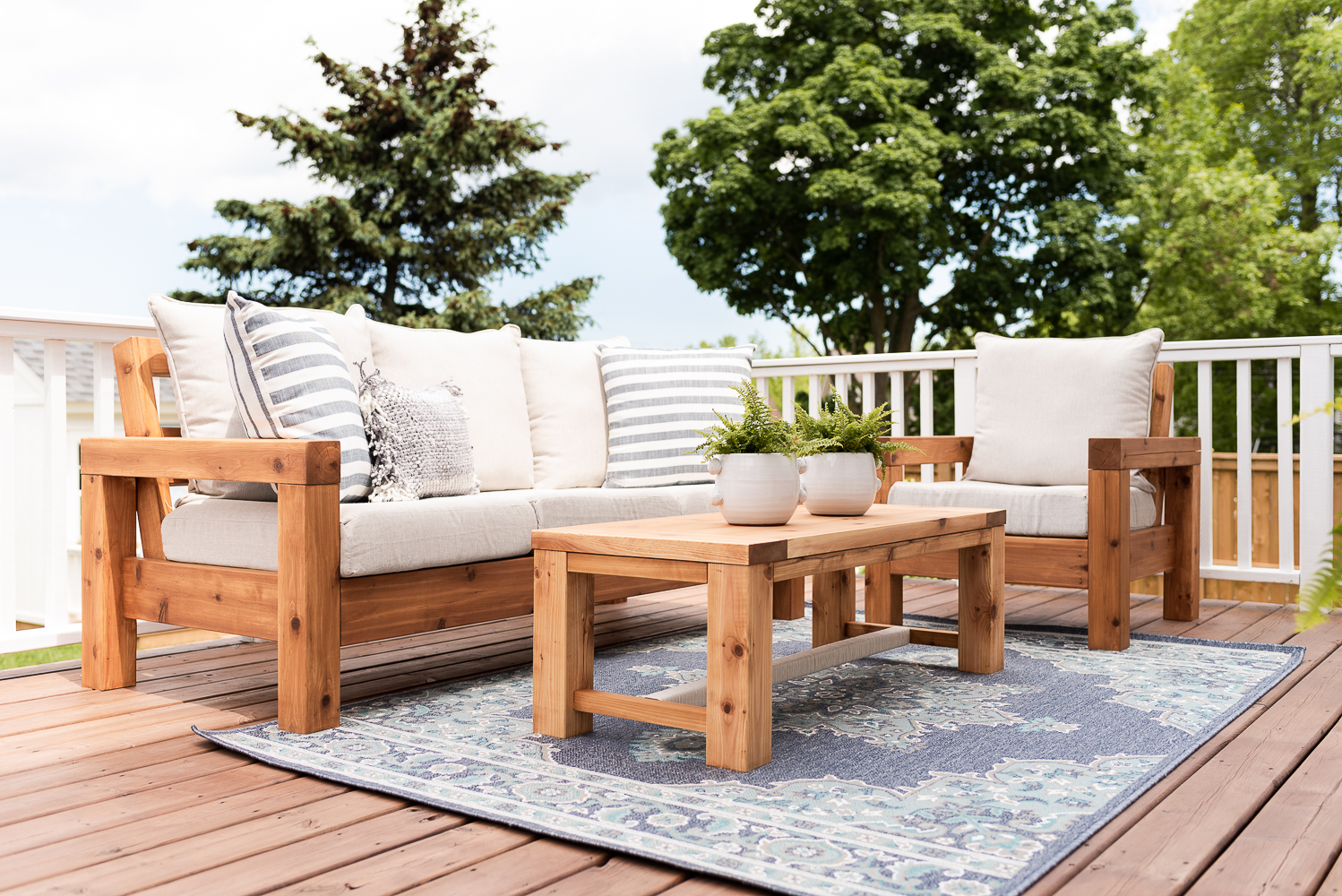
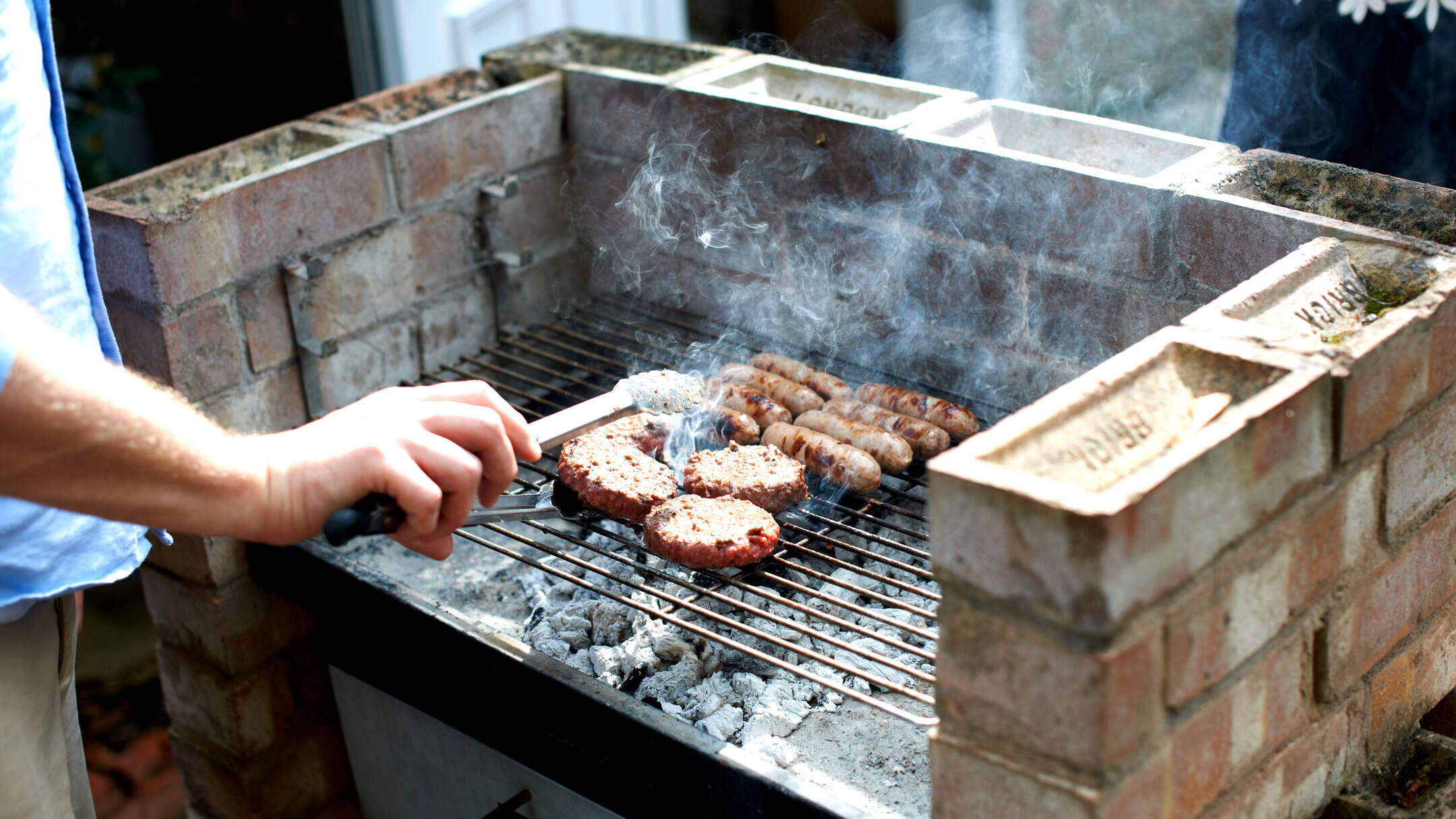
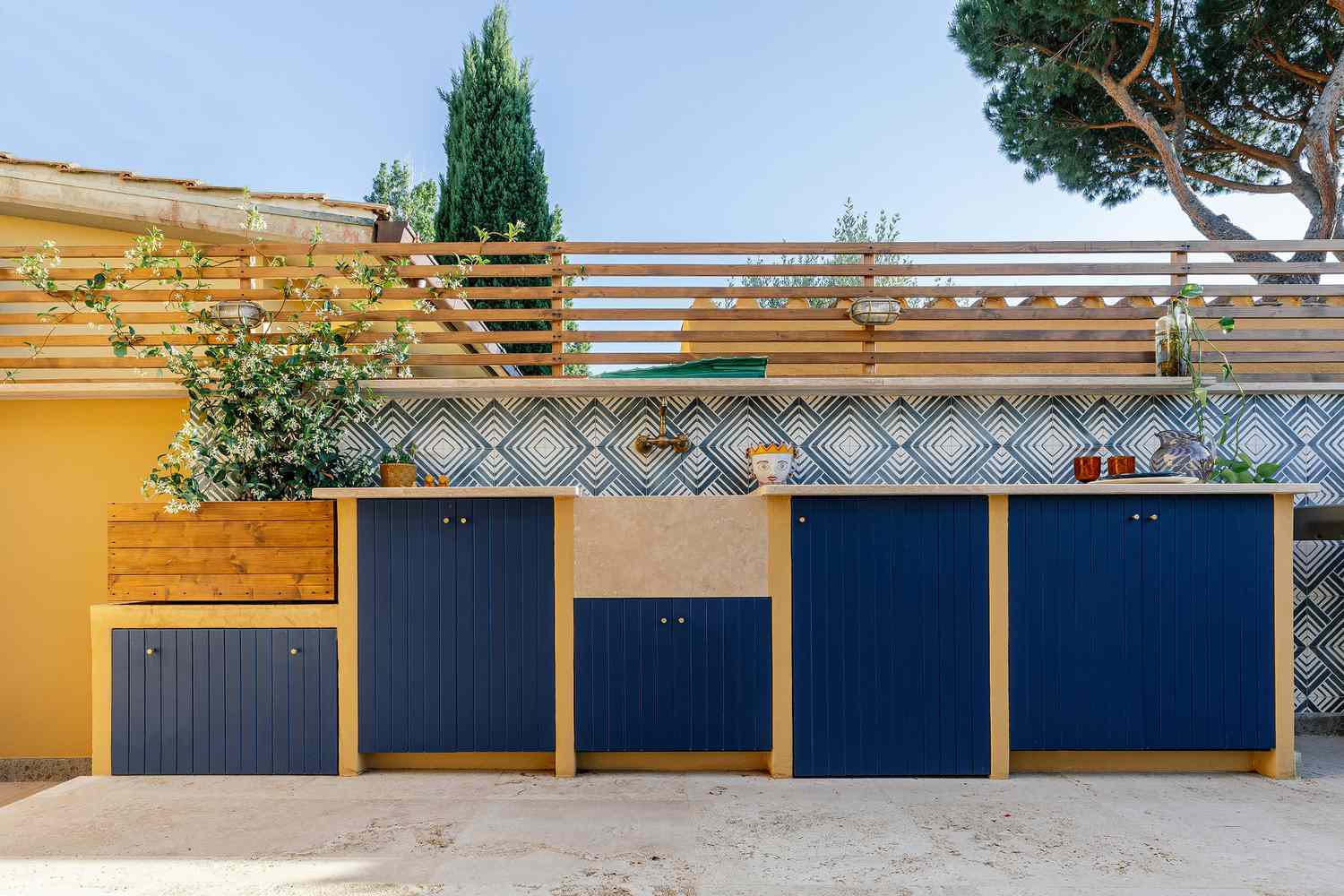
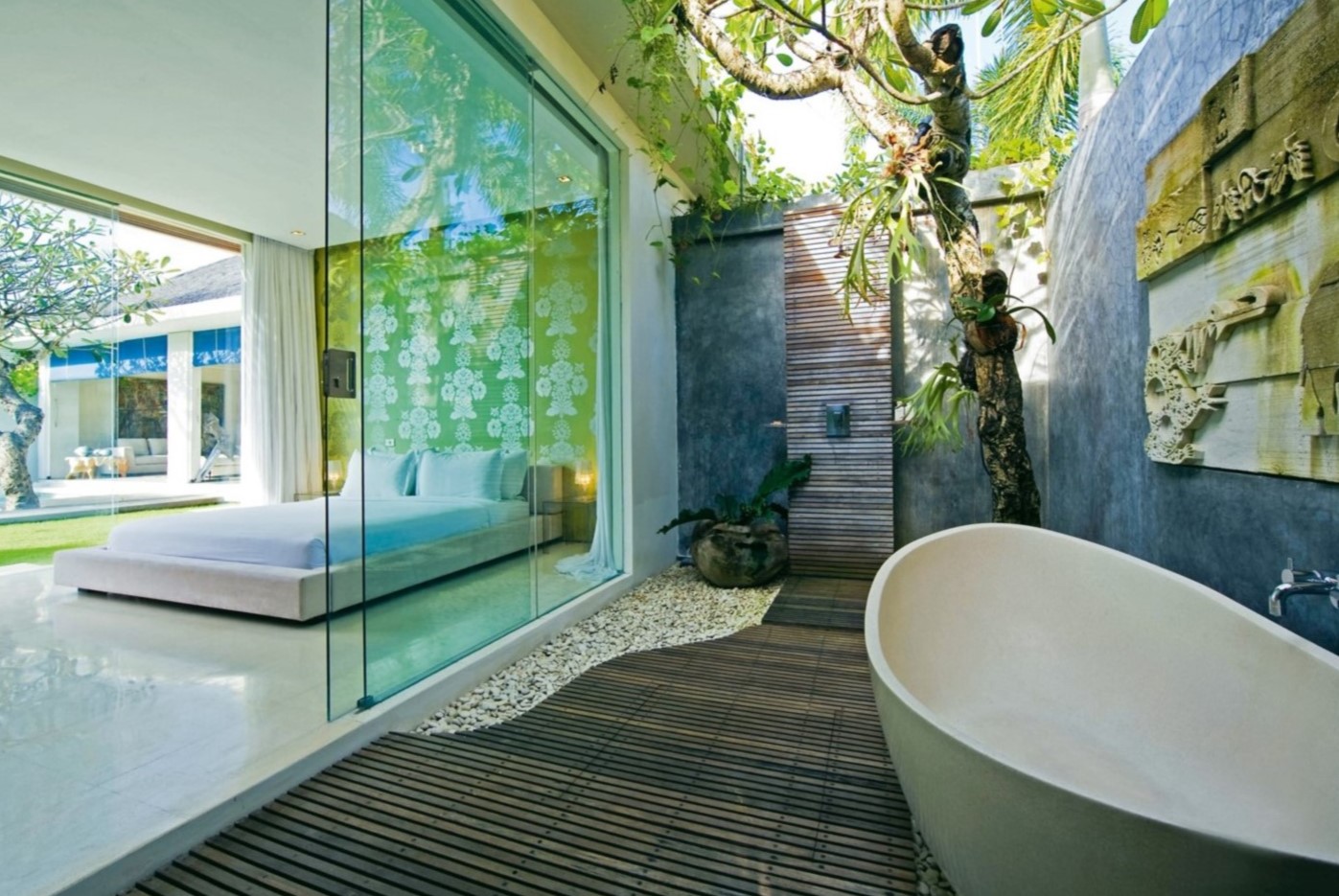

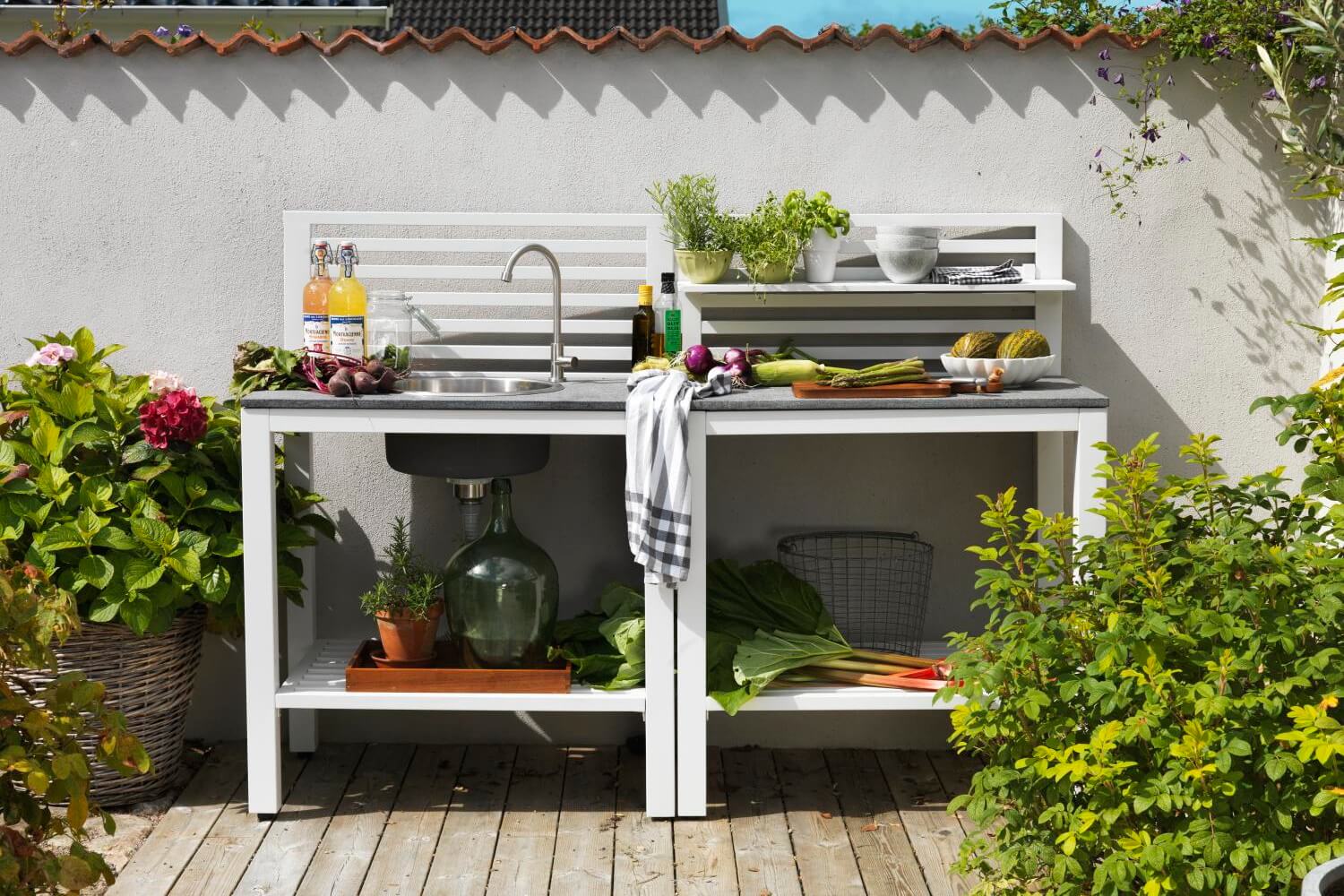
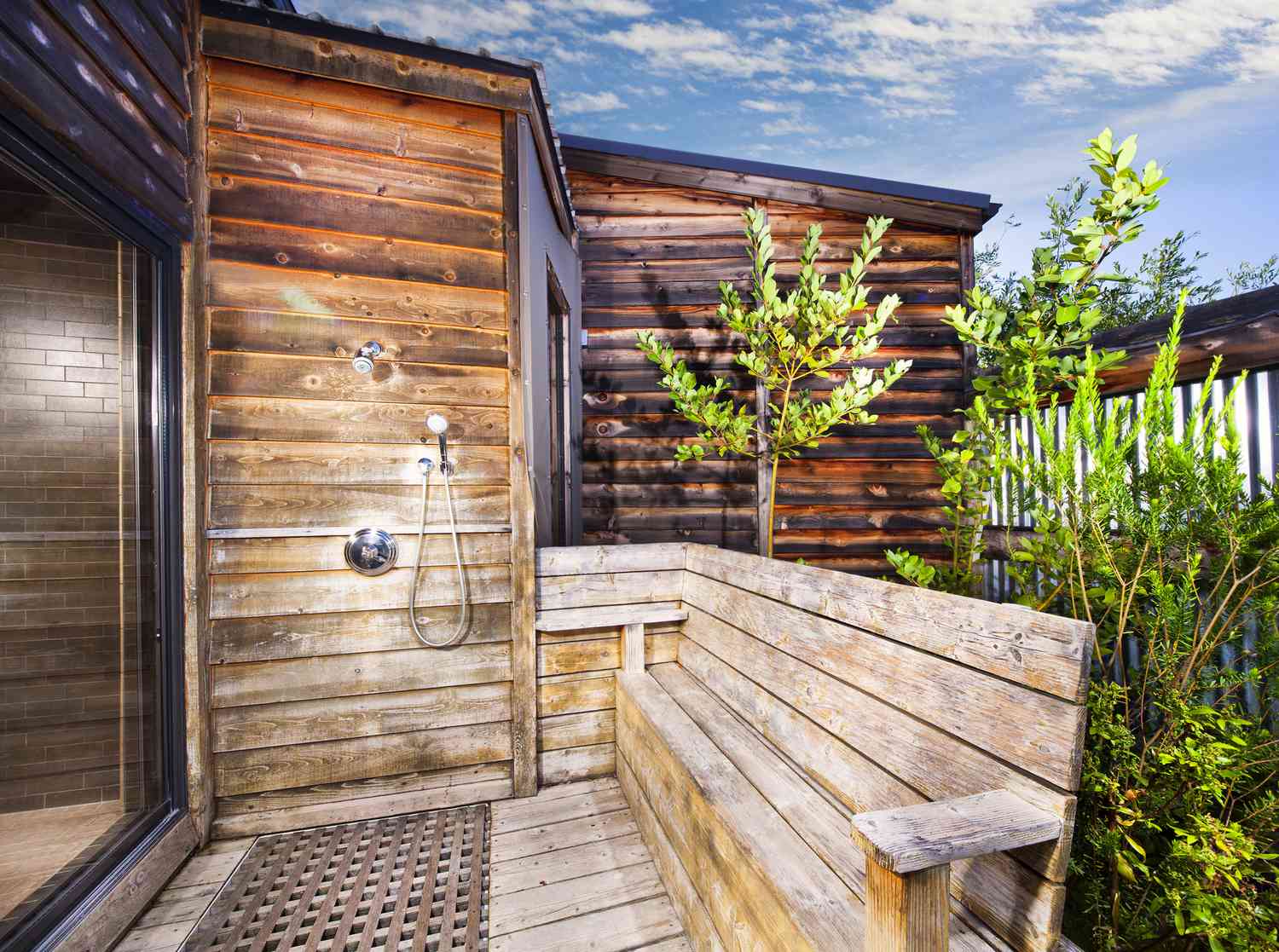
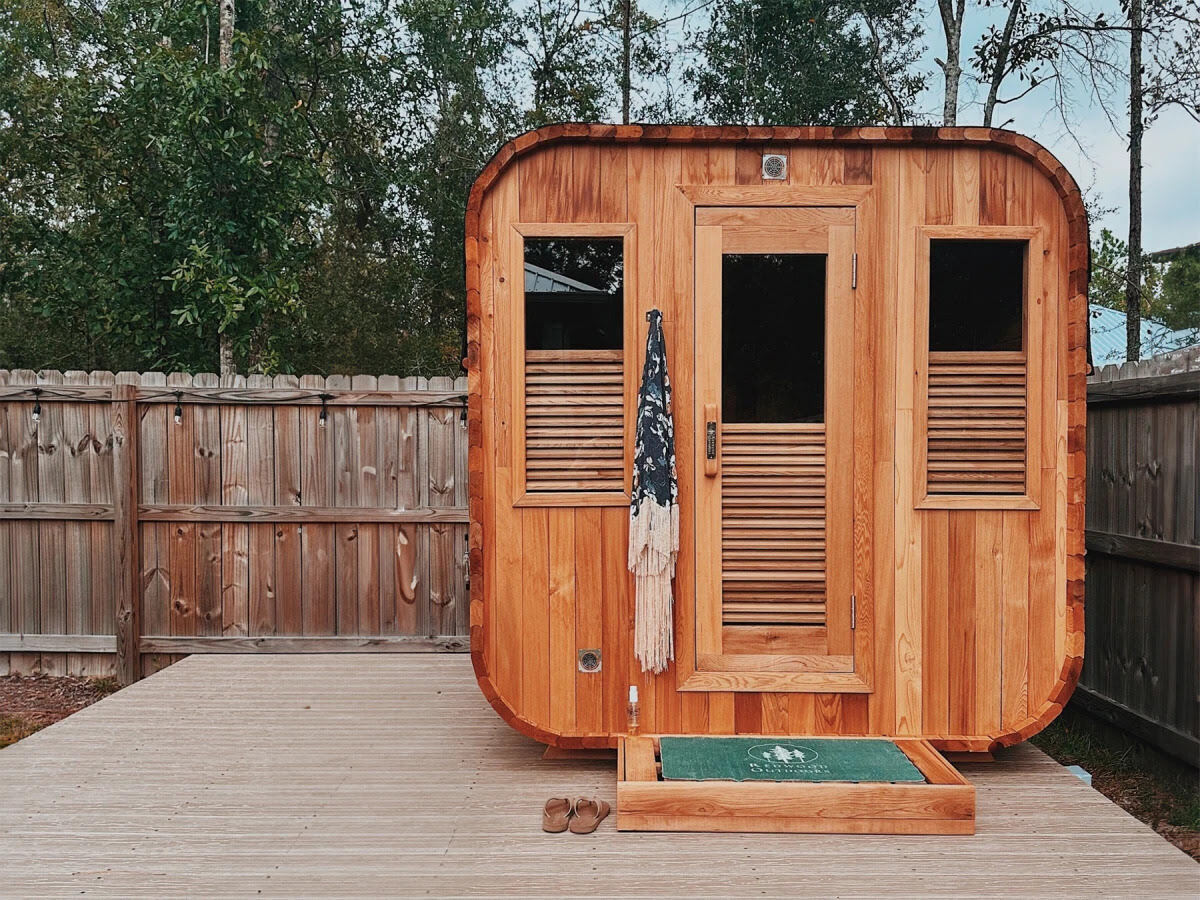
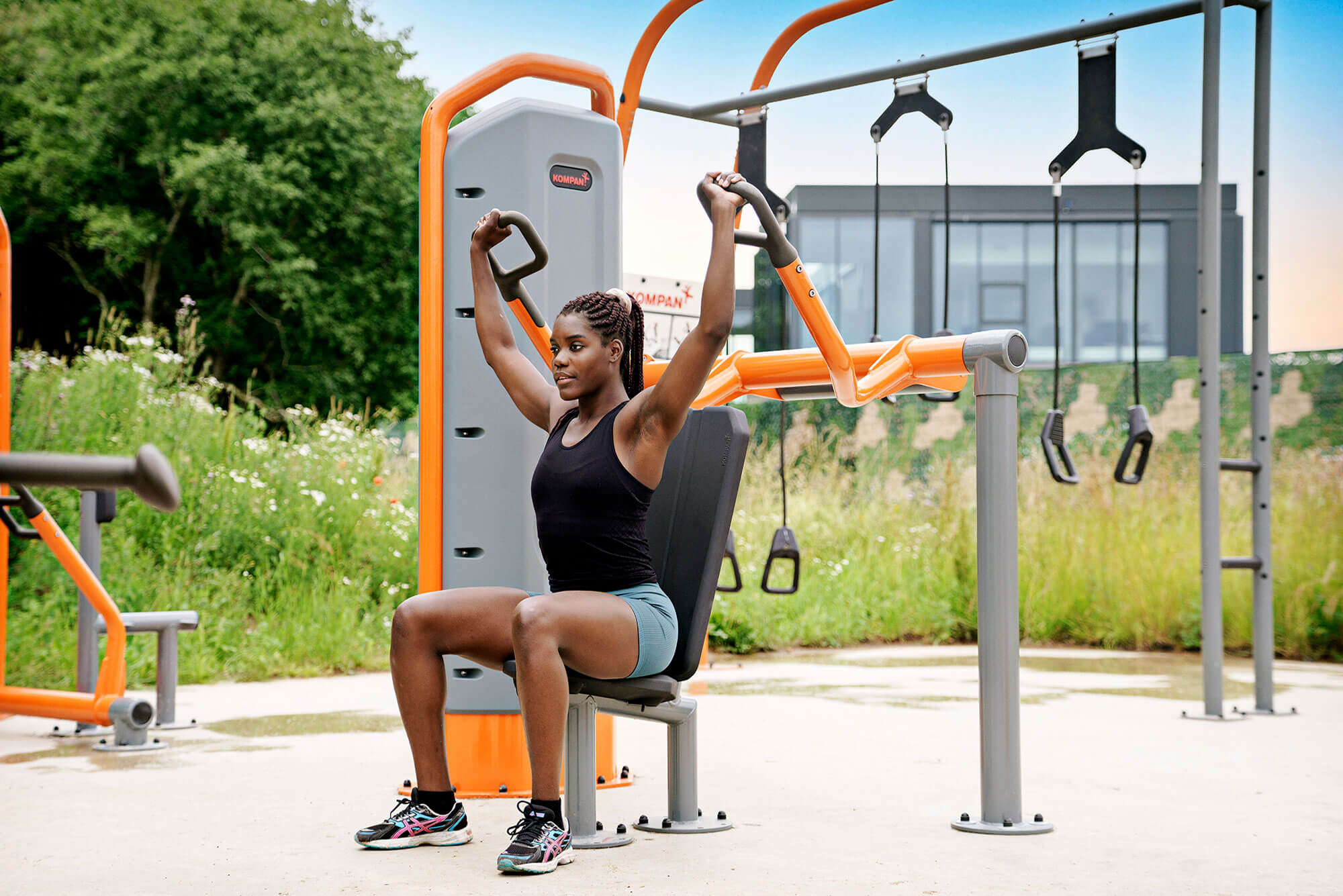
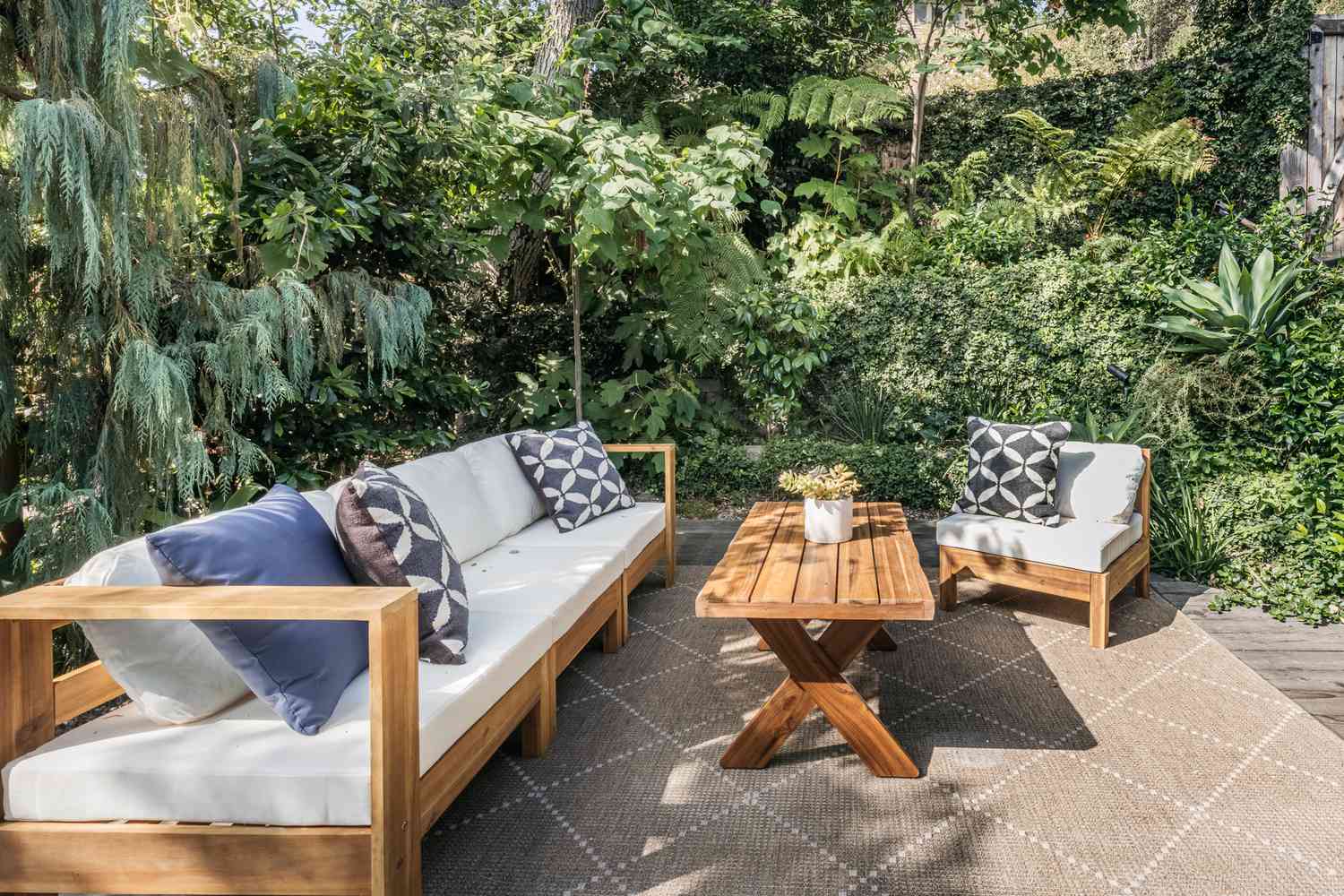
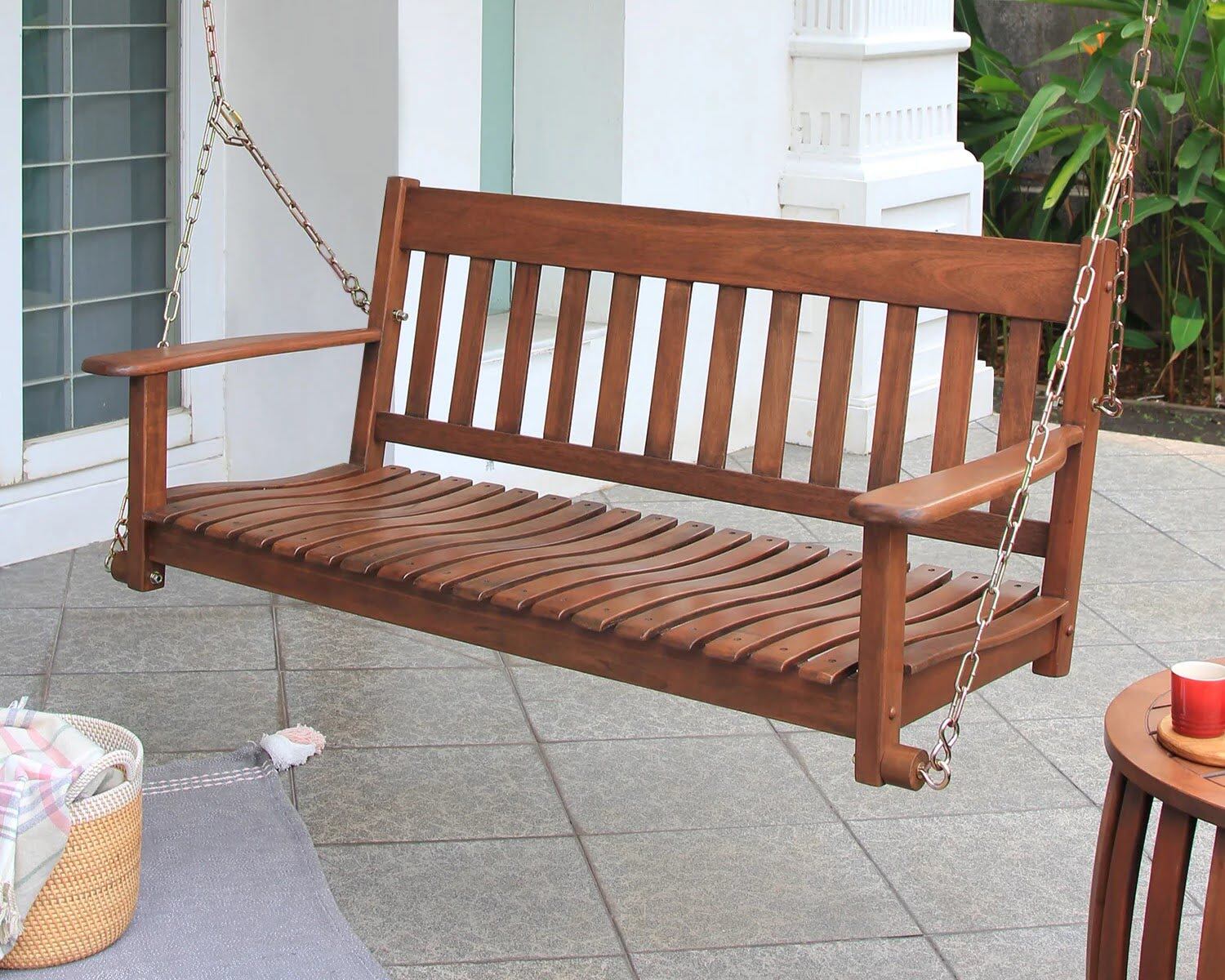
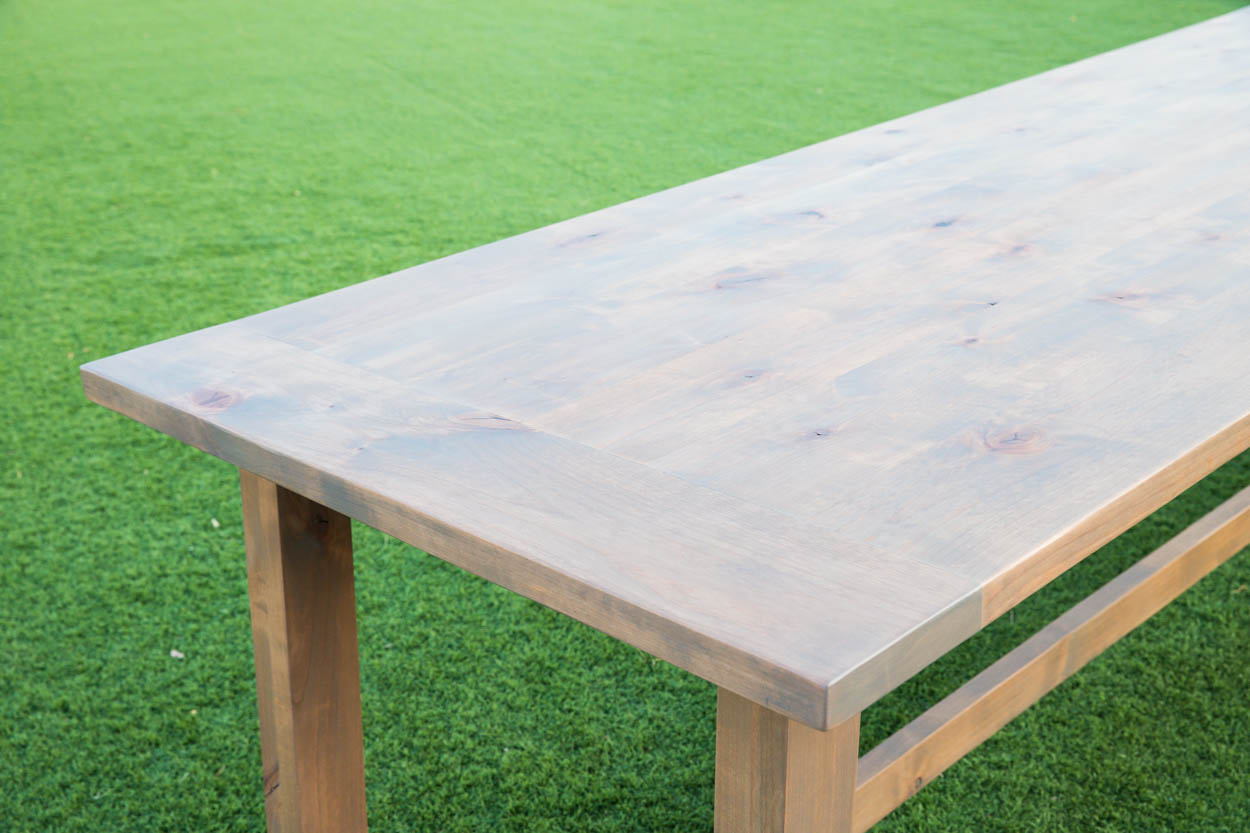
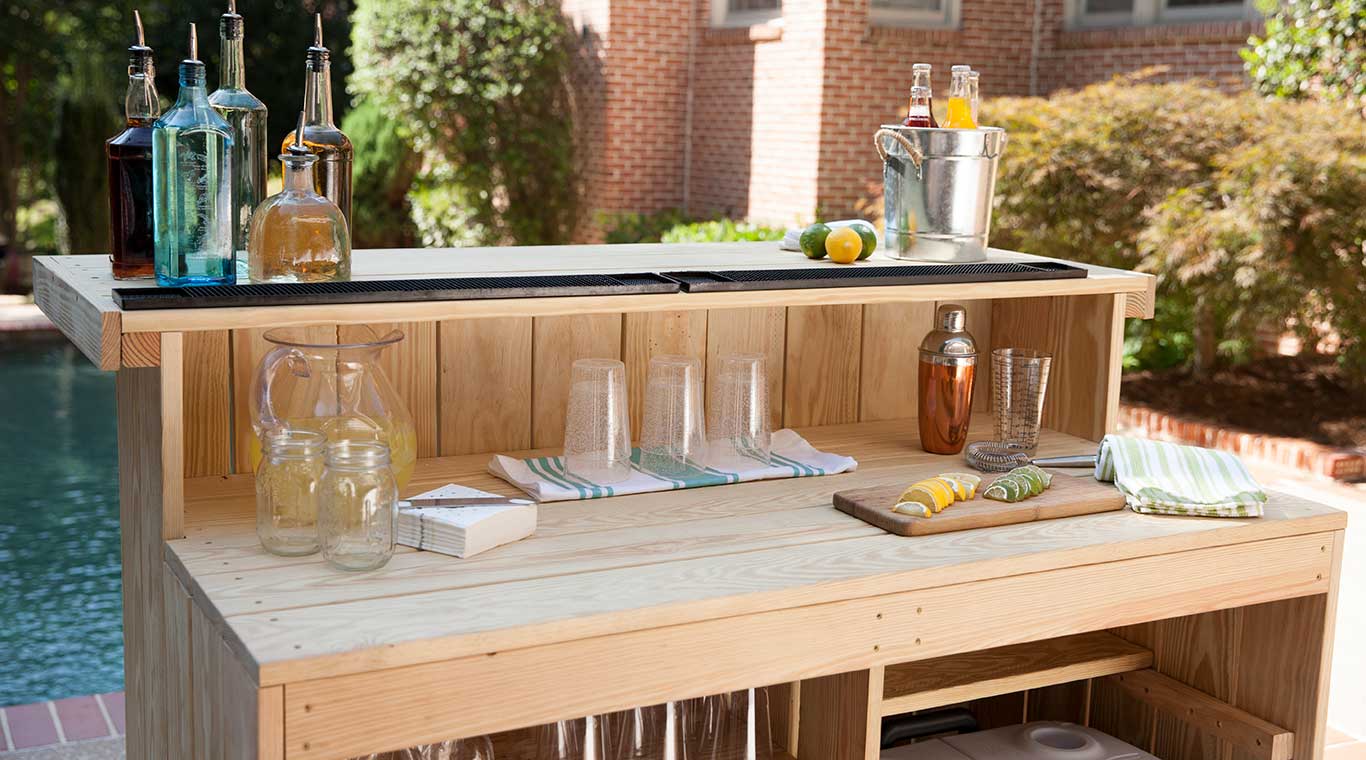
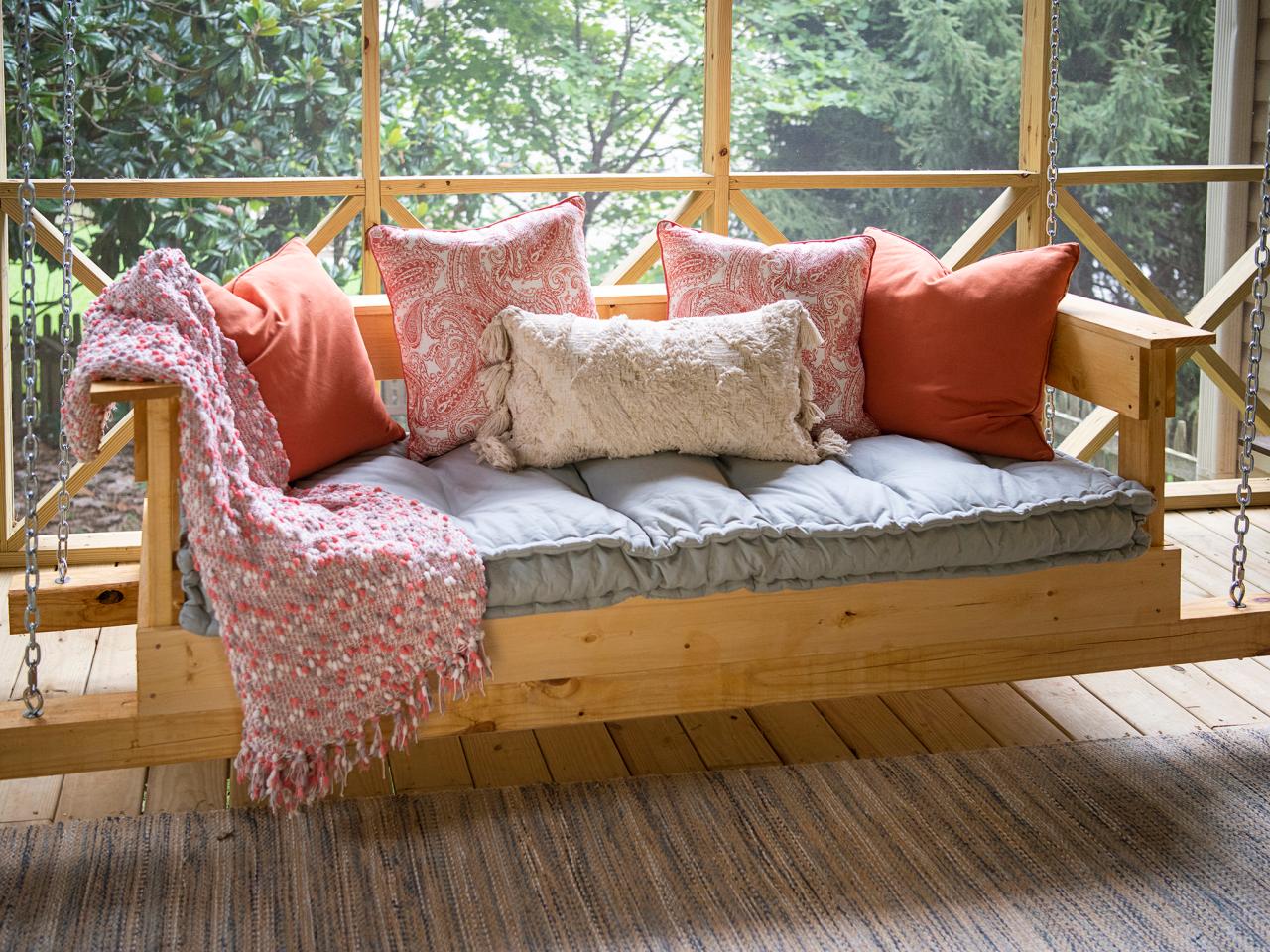

0 thoughts on “How To Build An Outdoor Staircase”